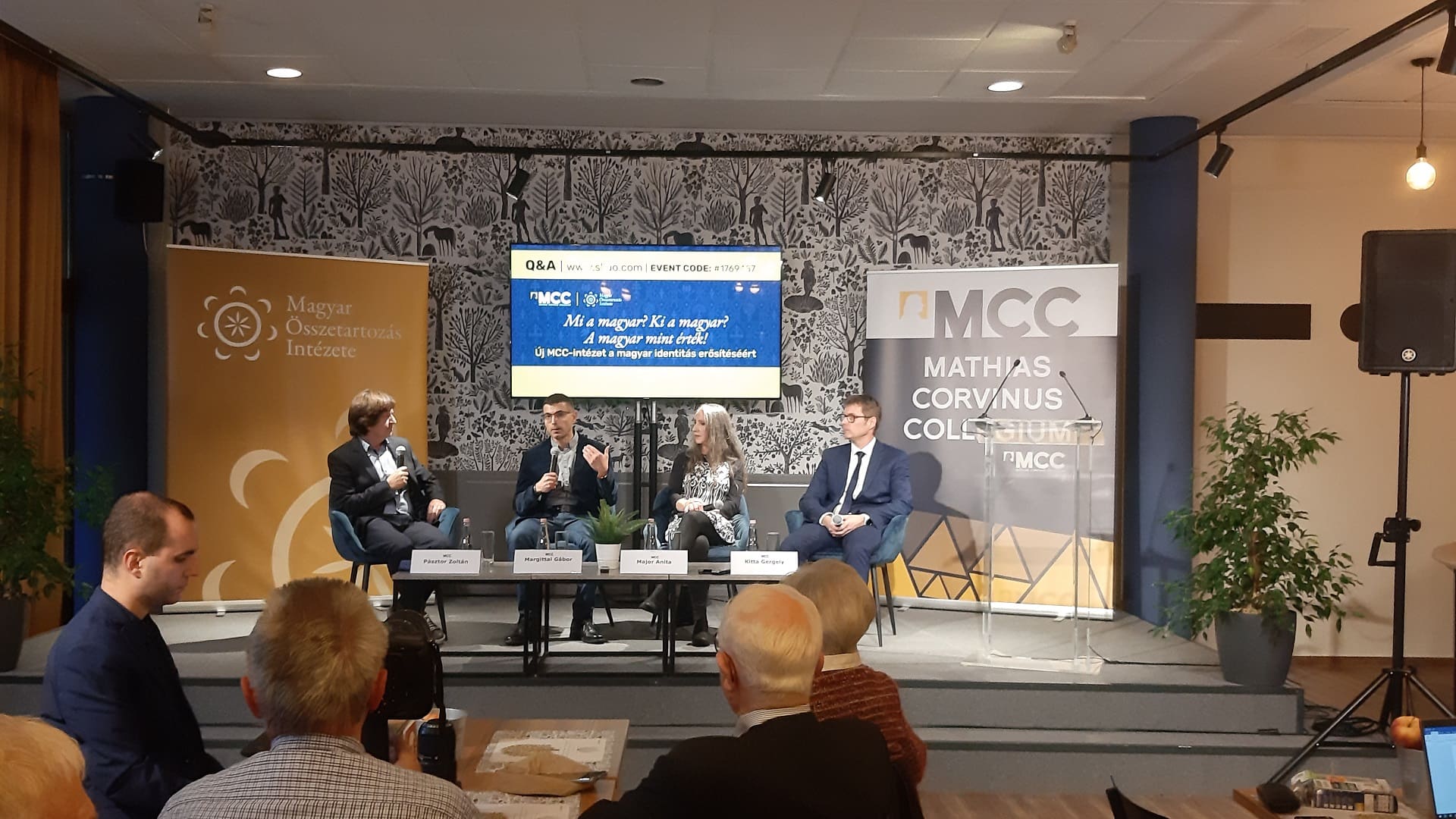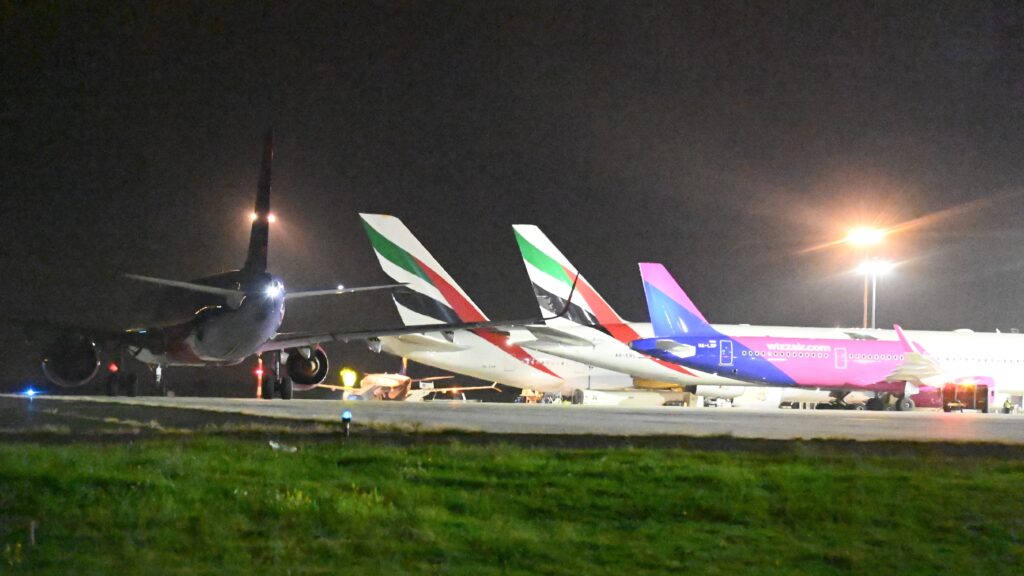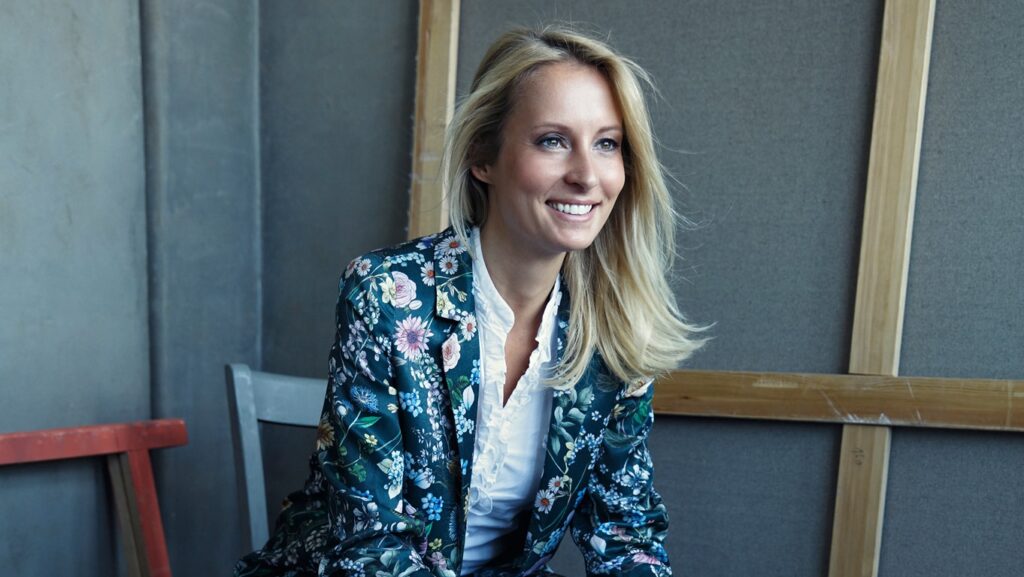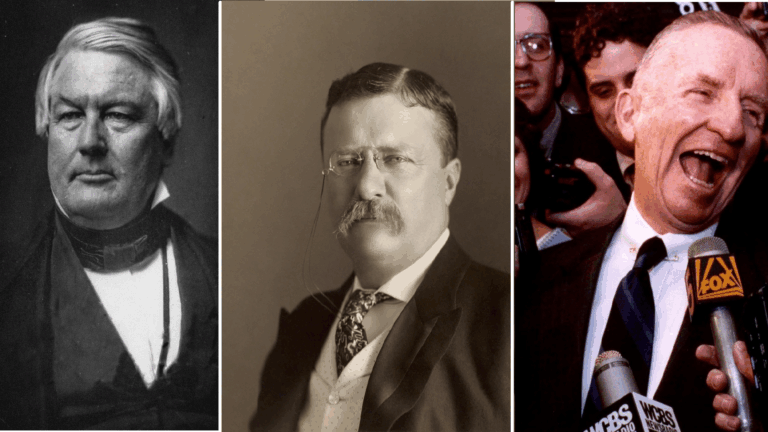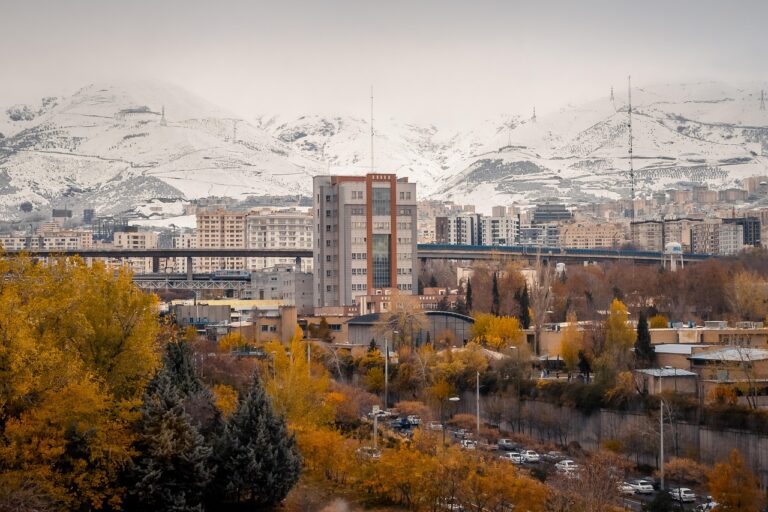The Mathias Corvius Collegium’s sixth research institute has been established. After the Youth Research, the Climate Policy, the Migration Research, the German–Hungarian, and the Learning Institute, MCC will now have a whole new research centre dedicated to Hungarians living outside the mainland, no matter how far, which they christened Hungarian Unity Institute.
This is not the only fortunate, recent development in the life of MCC. They have also opened a brand new campus in Dunaszerdahely (Dunajská Streda), Slovakia.
Balázs Orbán on Twitter: “🎉 The new #MCC centre in Dunaszerdahely has opened its doors!➡️ The centre provides hundreds of students with the opportunity to participate in free educational programs, irrespective of their background. 🗣️ The opening ceremony featured a round table discussion with… pic.twitter.com/ht0dhJkTlW / Twitter”
🎉 The new #MCC centre in Dunaszerdahely has opened its doors!➡️ The centre provides hundreds of students with the opportunity to participate in free educational programs, irrespective of their background. 🗣️ The opening ceremony featured a round table discussion with… pic.twitter.com/ht0dhJkTlW
To celebrate the establishment of their new institution, MCC hosted a public roundtable talk, featuring the leaders of their new research centre at their Budapest campus on Thursday, 26 October.
The topical question of the afternoon was, as MCC Director General Zoltán Szalay highlighted, ‘What is Hungarian?,’
borrowed from the title of the 1939 eponymous collection of essays by historian Gyula Szekfű.
However, before the panellists could take the stage, some distinguished friends of MCC had their exclusive video messages played to the audience on a big screen behind the stage. In his pre-recorded address, Béla Balázs Award-winning film director Gábor Koltay opined it is crucial that ‘we get to know our history’, and ‘make the stories of great human examples our common treasure’. Meanwhile, Kossuth Award-winning singer and folklore researcher András Berecz shared that he believes the new research centre will serve the purpose of finding and sharing ‘stories that shine a light on the soul of the nation’. Author, poet, and head of the Hungarian National Museum László L. Simon lauded his long professional relationship with the leaders of the new MCC institute, which gave him confidence that the new establishment would operate excellently, producing good work.
After the video addresses, it was time for the main event of the afternoon, the panel discussion.
The participants were those in charge of the new MCC Hungarian Unity Institute, Dr Gábor Margittai, Anita Major, as well as Gergely Kitta, director for MCC’s research institutes. The discussion was moderated by Zoltán Pásztor from the Hungarian public radio.
Mr Kitta praised his two fellow panellists for their credibility, which, he believes, they acquired through their decades of research in the field. As he pointed out,
during their work, Margittai and Major had to travel to exotic, strange places in countries like Kazakhstan, where they were in pursuit of the ‘Madjar’ tribe; or Asinara, known as ‘the Donkey island,’ where the Hungarian POWs of World War I were held captive.
Their excessive and fruitful efforts show their true dedication to their craft, which is a great indicator of the type of work they would be doing at MCC, Mr Kitta made the point. He went on to state that he believes that there is a unique cooperative process between the research institutions of the Collegium he has not seen anywhere else in the world.
Dr Margittai recalled how his passion for finding people with Hungarian ancestry all around the world started as a hobby while working as an editor for the Hungarian daily Magyar Nemzet. However, as he started publishing about his passion topic in the paper, he came to find that there was a public interest for it as well. Since then, he covered the topic in multiple formats—in documentaries, books, and research papers.
‘There are areas of the historic, core area of Hungary where Hungarians have been pushed so far to the periphery that only a single Hungarian person might be living in a settlement, in the shadow of an Árpád-era church…Many times, it’s only our architectural heritage that reminds us that Hungarians were once living there,’ Dr Margittai shared the unfortunate state of affairs about historically Hungarian territories with the audience.
Reflecting on her journey with her—both professional and romantic—partner Dr Margittay, Ms Major said that their Outsider Hungarians column in Magyar Nemzet slowly became a brand. She also outlined their unique method of research, which at one time involved spending days with the ethnic Hungarian shepherds of Transylvania, and then re-visiting them years after. To show that they are covering all classes of Hungarians outside the Motherland, she pointed out that they applied the same method to the descendants of the old Hungarian aristocracy in Transylvania as well.
About their work in Transylvania, Dr Margittai shared that when they were staying with a Romanian group known as ‘mócok’, known for their special hostility towards Hungarians, he many times felt their physical safety was in jeopardy. Ms Major, meanwhile, told all it was their ‘thirst for legends,’ a phrase she borrowed from 20th-century Hungarian writer and poet Gyula Illés, that drives them forward in difficult times.
Mr Kitta went on to talk about the Hungarian diaspora living in the United States, a group of whom he has visited in California recently. They, especially in the infamously liberal state of California, live in what is known as ‘cancel culture’. Mr Kitta pointed out that cancel culture is also about ‘cancelling’ the past, highlighting examples of statues of American greats, such as George Washington, Thomas Jefferson, or even Ulysses S. Grant (who led Union troops against the slave-owning Confederacy and only owned one slave in his life whom he eventually freed on his own volition) were removed or toppled by far-left activists. He stressed that
the new MCC Institue of Hungarian Unity stands to be the polar opposite of that way of thinking,
instead thriving to preserve the stories of great Hungarians all over the world.
Responding to a question from the audience, he shared his belief that Hungarians living in the North American diaspora have not given up on their national pride for Hungary; in fact, they have a stronger sense of patriotism than those living in the Motherland in many cases.
‘This institution in question is a research institute, however, it is very important that it also provides a certain mentality, a certain state of mind, and a certain level of “emotional training” as well. Anita [Major], Gábor [Margittai], and their crew will not be doing research in laboratory conditions. Their work will also reflect on a specific worldview,’ Mr Kitta summarized the ‘ars poetica’ of the newly established MCC institution.
Related articles:

